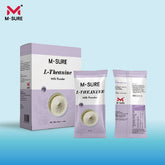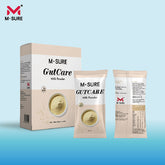The comparison between algal oil T-oil and S-oil
by
BiotechAusway
05 Sep 2025
🌱 Algal Oil DHA: T-Oil vs. S-Oil
Key Differences in Source, Composition & Use
1. Source and Algal Strains
-
T-oil: Extracted from Crypthecodinium cohnii (dinoflagellate)
-
Complex production, low yield → higher cost
-
-
S-oil: Derived from Schizochytrium sp.
-
Short fermentation (~49 hrs), high yield, cost-efficient
-
2. Compositional Properties
DHA Purity
-
T-oil: ≥40%, fewer impurities
-
S-oil: 30–35%
EPA Content
-
T-oil: ≤0.1% (nearly EPA-free)
-
S-oil: 1–3% EPA (meets standards, caution for sensitive groups)
Antioxidant Capacity & Appearance
-
T-oil: Natural carotenoids, strong oxidation resistance, amber-colored
-
S-oil: Pale gold/light green, may form sediment over time
3. Target Users
-
T-oil: Best for pregnant women, infants, toddlers
-
Zero EPA, high safety, infant-nutrition compliant
-
-
S-oil: Best for children, adolescents, adults, elderly
-
Provides EPA, supports cardiovascular health
-
4. Cost & Market Applications
-
T-oil: 1.5–2× higher cost, used in premium maternal/child products
-
S-oil: More affordable, widely applied (e.g., infant formula, general supplements)
⚠️ Note: Color differences (amber vs. pale gold/green) do not reflect quality—composition and algal strain are more important.
✅ Summary Recommendations
-
Infants & Pregnant Women → Choose T-oil (safety + purity).
-
Children, Adults & Elderly → Choose S-oil (balance of efficacy + affordability).






